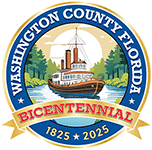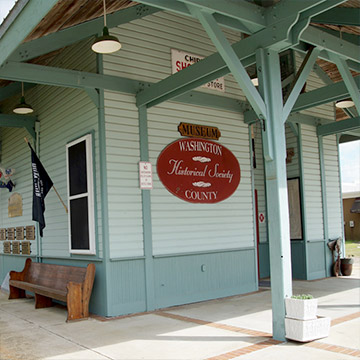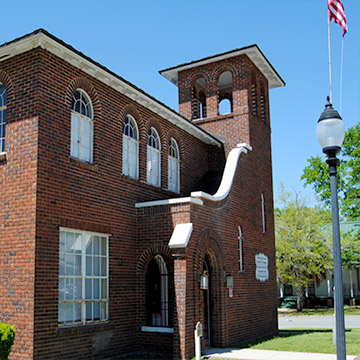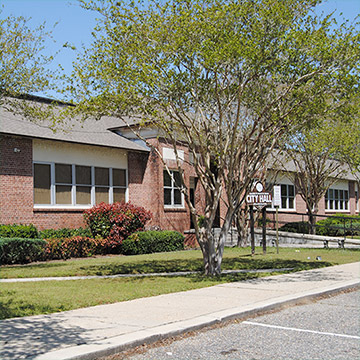Ebro, Florida
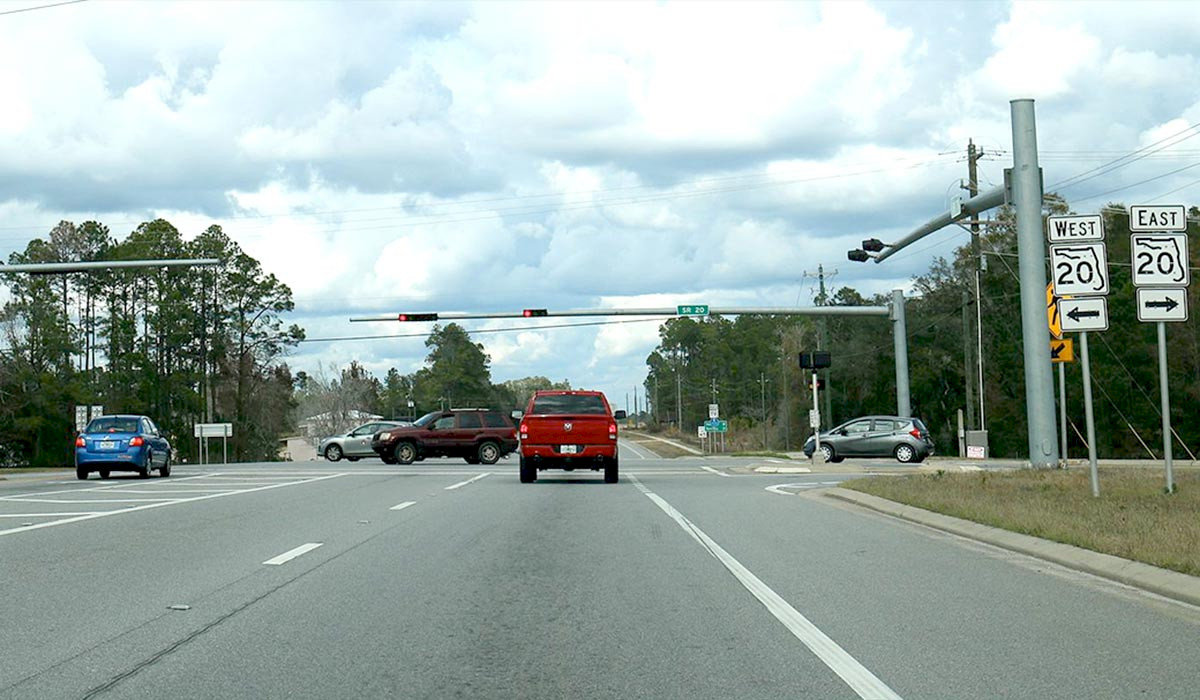
History of Ebro, Florida
Source: Wahington Florida's Twelfth County by E.W.Carswell
Ebro, in the southwest corner of Washington County, may have acquired its name from Spain, where a large river and its deltiac region have historically borne the Ebro name. Ebro is one of the few Spanish place-names retained in interior west Florida.
For decades the community owed its existence to the logging and naval stores industries. Pine and cypress logs harvested in the nearby woodlands were guided down the Choctawhatchee to be converted into lumber mostly at the sawmills at Point Washington. The lumber mills, including one built at Point Washington in 1900, obtained timber from loggers along the river and its tributaries from well into Alabama to the head of Choctawhatchee Bay.
Developed nearby mostly in the early 20th century was the naval stores industry, with shipments to Pensacola going mostly by steamboat from nearby landings along the Choctawhatchee River and Pinelog Creek. Major producers in the region included, West Bay Naval Stores and Lumber Company, the Johnson Turpentine Company, and the Vernon Land and Timber Company. A logging railroad, on which construction started southward in 1904, finally penetrated the Ebro area to provide some naval stores hauling, as well as log-hauling.
Ebro, as an identifiable community, may be able to claim considerable antiquity, mostly because of its location near the Choctawhatchee River's Cowford Crossing. It was used by the Indians long before the Spaniards, British, and Americans used it as a crossing place. It was on the route of the Military Road that, early in the U.S. Territorial Era led from Pensacola to St. Augustine. The usefulness of Cowford's Crossing ended with the construction of the State Road 20 Bridge over the river nearby. Ebro remained a crossing place of a different kind however, since State Roads 79 and 20 cross in the heart of the community.
Ebro's accessibility lead to the establishment of a dog racing track in 1955. Washington County voters approved the location of the track at Ebro following a hard-fought election campaign. The Washington County Kennel Club the built the track.
